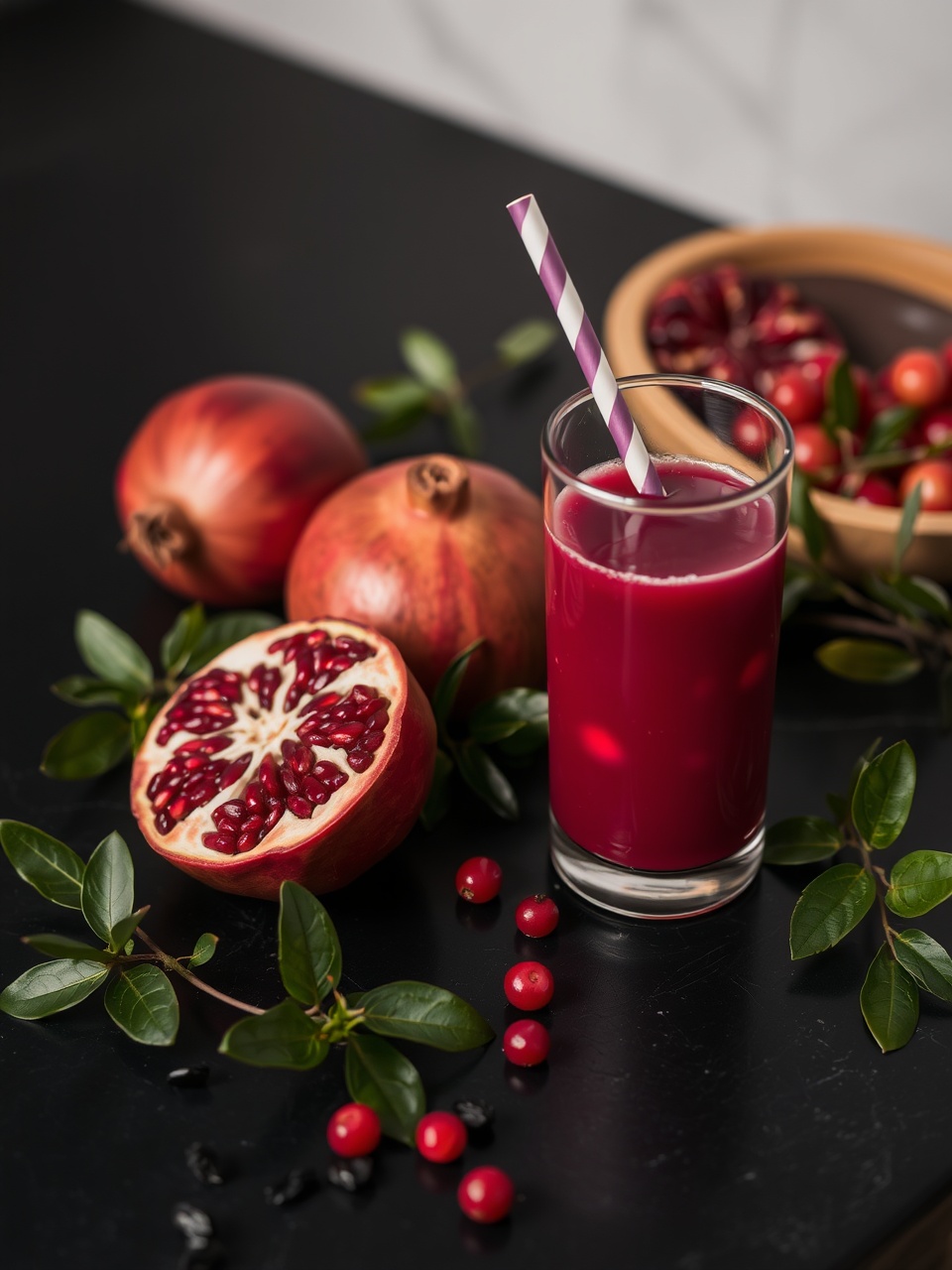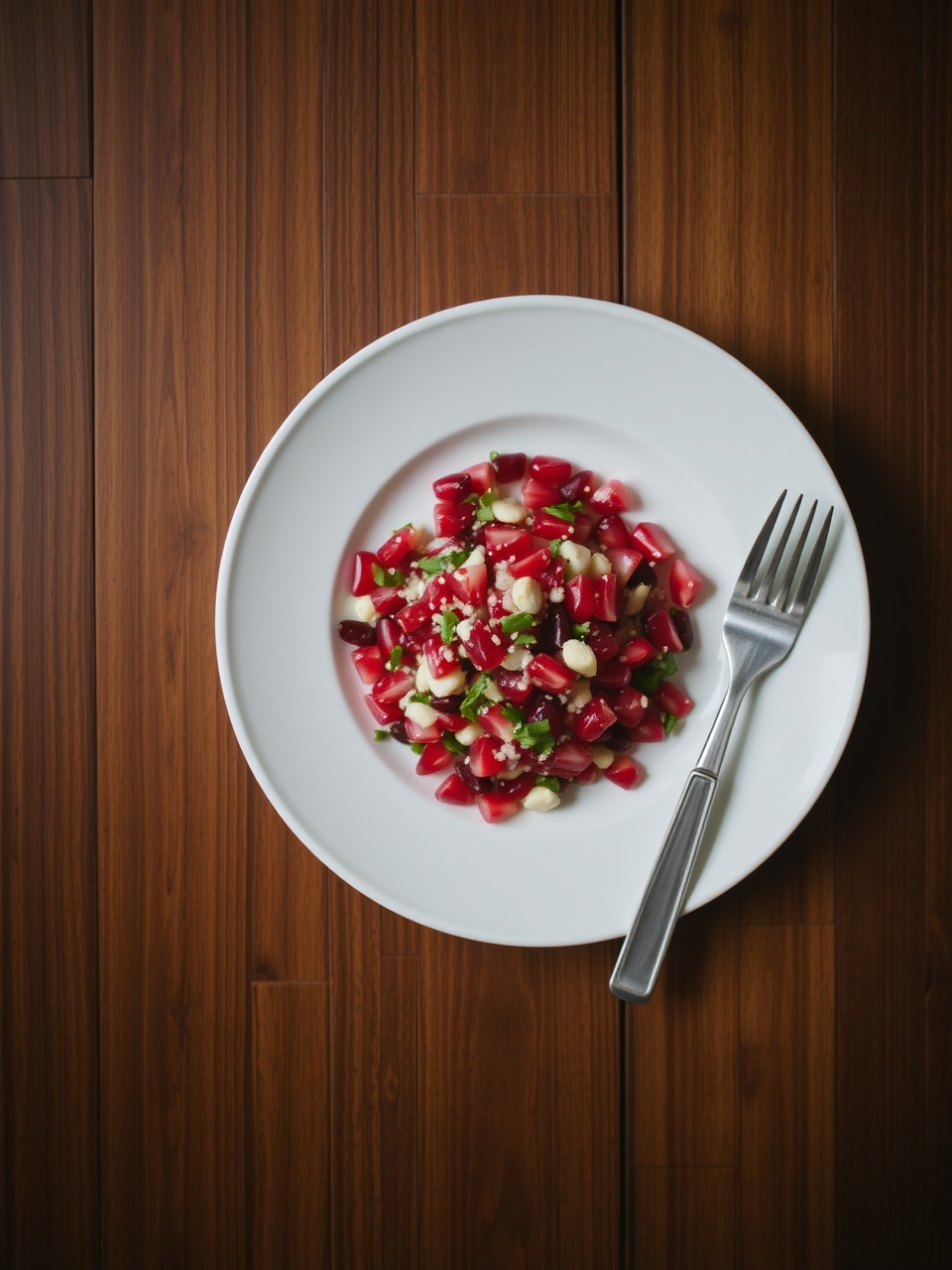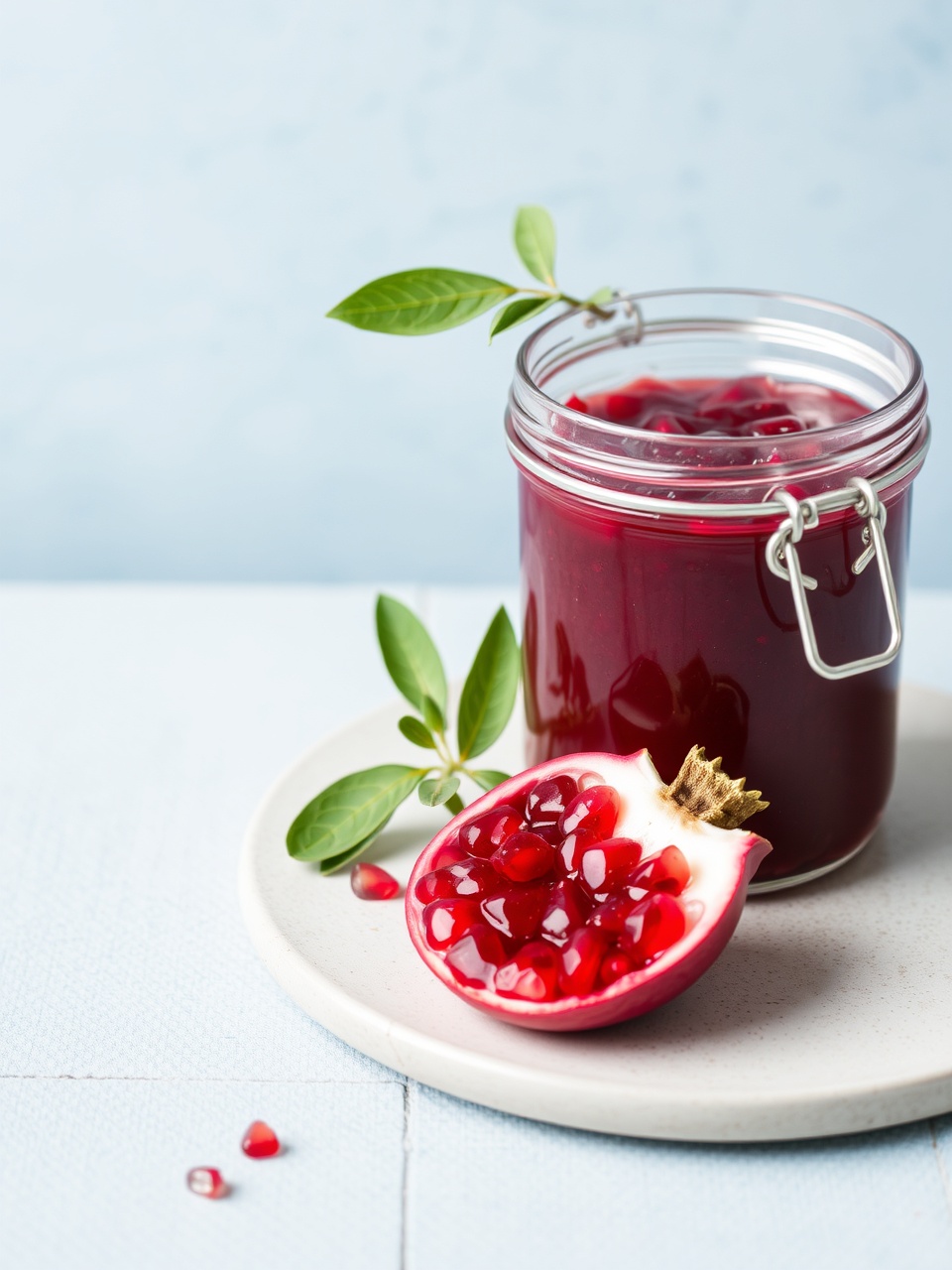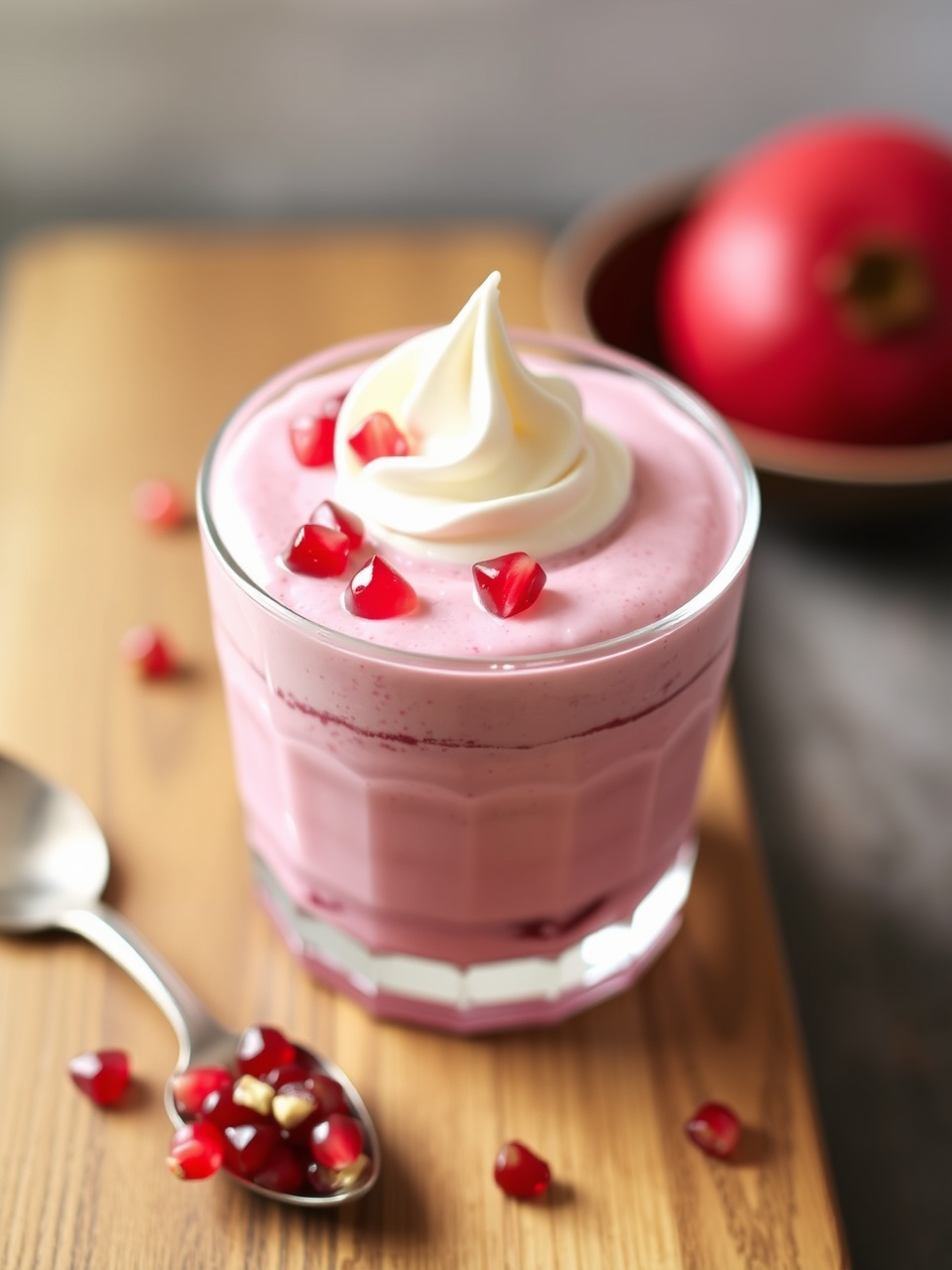Nutrition & Health Benefits of Pomegranates
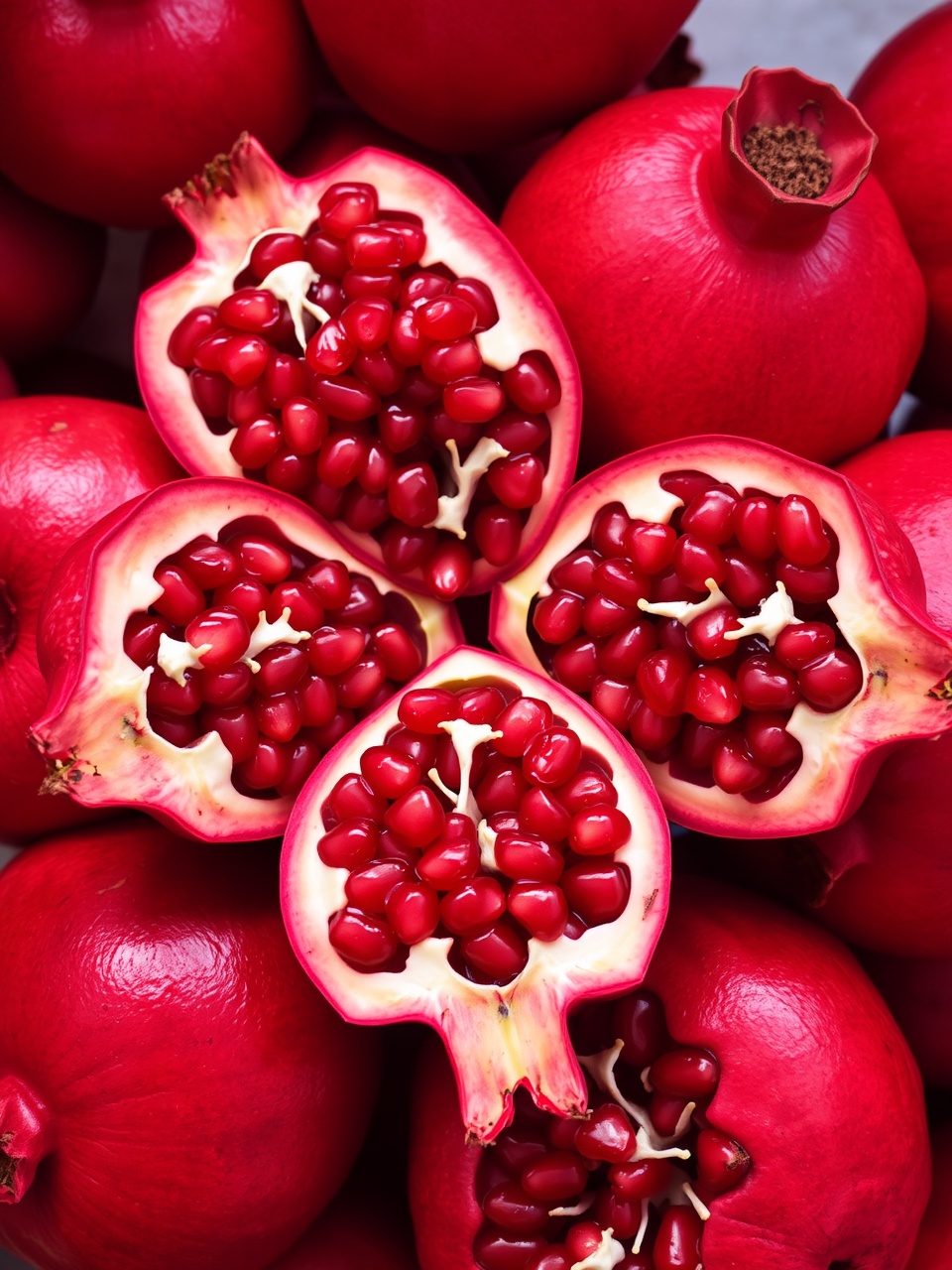
Nutritional Profile
- Pomegranate polyphenols: including anthocyanins and tannins—three times more antioxidant power than green tea.
- Vitamin C: ~10 mg per 100 g—supports immunity and collagen production.
- Vitamin K: aids blood clotting and bone strength.
- Potassium: supports blood pressure regulation and heart function.
- Dietary fiber: ~4 g per 100 g—promotes digestive health.
Health Benefits
- ✔ Antioxidant & anti-aging: neutralizes free radicals and slows cell aging.
- ✔ Cardiovascular support: lowers blood pressure, reduces atherosclerosis risk.
- ✔ Anti-inflammatory: relieves chronic inflammation, protects against diseases.
- ✔ Anti-cancer potential: studies show potential to inhibit certain cancer cells.
- ✔ Cognitive enhancement: may help prevent Alzheimer's disease.
Serving suggestion: ½–1 medium pomegranate per day, eaten fresh or juiced. Pomegranate juice is high in sugar—consume moderately if diabetic.
Pomegranate Growing Guide (Timeline)
1
Variety Selection & Propagation
- Varieties: soft-seeded, ruby pomegranates—choose based on climate.
- Propagation: by seeds or cuttings in spring.
- Rootstock: common to use sour pomegranate for better resilience.
2
Soil Preparation
- Soil: loose, fertile sandy loam or loam with good drainage.
- pH: slightly acidic to neutral (5.5–7.0).
- Tilling: 40–50 cm deep with ample organic fertilizer.
3
Planting
- Timing: spring (Mar–Apr) or autumn (Sep–Oct).
- Spacing: 3×4 m spacing, ~55 plants per mu.
- Method: dig 60×60 cm holes, plant and water thoroughly.
4
Routine Care
- Watering: drought-tolerant but needs moisture during bloom and fruiting.
- Fertilizing: apply nitrogen in spring, phosphorus‑potassium during bloom/fruit.
- Pruning: winter pruning to maintain open-head or natural form.
5
Pest & Disease Management
- Diseases: brown rot, anthracnose—ensure airflow and drainage.
- Pests: aphids, pomegranate stem borer—use biopesticides.
- Physiological issues: cracking—maintain consistent moisture.
6
Harvesting & Storage
- Harvest: pick when fully colored (Sep–Nov).
- Ripeness test: shiny peel and metallic sound when tapped.
- Storage: store at 0–5 °C for 2–3 months at 85–90% humidity.
Pro tip: Pomegranate trees live up to 200 years, have productive life of 30–50 years, and start full fruiting after 3–5 years.
Summary: Select → Propagate → Prepare soil → Plant → Manage → Protect → Harvest & Store
Pomegranate Growing Tutorial Video
Watch the entire process from propagation to harvest and learn practical tips for growing pomegranates.
Featured Pomegranate Recipes
Explore delicious pomegranate dishes—from traditional drinks to modern creative cuisine.
Click an image to view the full recipe!
Pomegranate Dessert Video Tutorials
Learn how to make pomegranate delights—from drinks to modern creative desserts.
